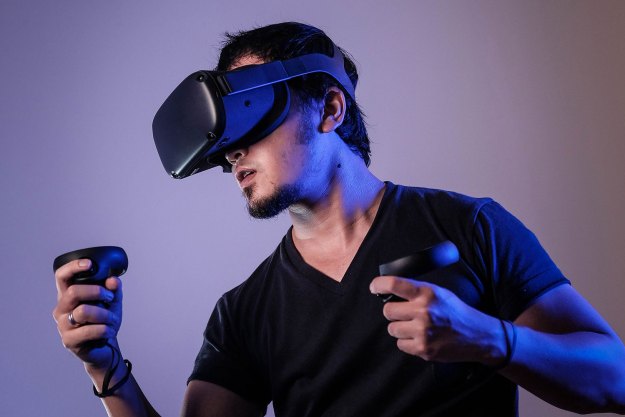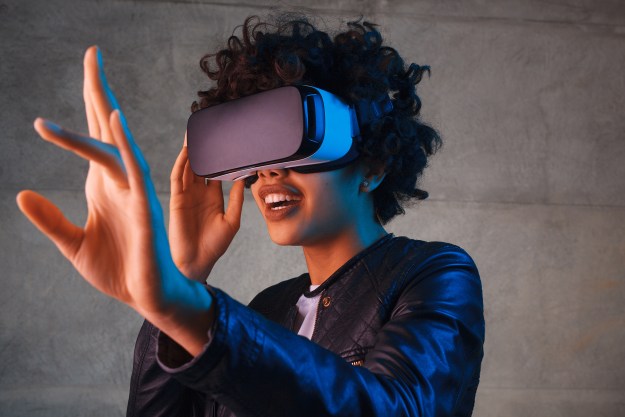Two years after debuting its prototype augmented reality glasses, Bose is stepping away from its efforts to bring augmented reality to your ears. Key Bose AR employees have left the company, according to a report by Protocol, and Bose’s AR partners have been informed that their apps will stop working in the coming weeks.
The decision comes six months after the company announced it would close all of its U.S. retail store locations and move its entire sales operation online.
It’s disappointing news, but not entirely surprising. As a technology category, AR has had a lot of challenges finding a strong foothold, especially within the non-enterprise space. Bose’s concept of audio-based AR, which it promoted through its AR glasses that eventually came to stores in 2019 as the Bose Frames Alto, also made its way into the company’s popular line of
Bose’s failure to excite people’s imaginations with audio AR certainly wasn’t for lack of trying. When we reviewed the Bose Frames Alto, we were impressed by just how successful Bose had been in its mission to imbue a stylish set of Wayfarer-esque sunglasses with high-quality speakers that didn’t require a dedicated set of earbuds.
At $200, the Frames Alto weren’t cheap, but when you consider that Snap’s third-generation Snapchat Spectacles cost $380 and are arguably way less practical on a day-to-day basis, the Frames Alto seemed like a good value.
Unfortunately, despite having surprisingly good audio quality and decent call quality, the AR glasses failed to impress in the one area they needed to excel at the most: Augmented reality.
The AR functionality was only compatible with Apple’s iOS software and finding useful AR apps to test proved a real challenge. So much so, that AR essentially became a footnote in our review which focused almost entirely on the experience of having speakers embedded in the limbs of a pair of sunglasses.
Bose says the time and effort spent developing its audio AR platform wasn’t entirely in vain. “Bose AR didn’t become what we envisioned,” a Bose spokesperson told Protocol. “It’s not the first time our technology couldn’t be commercialized the way we planned, but components of it will be used to help Bose owners in a different way. We’re good with that. Because our research is for them, not us.”
Bose’s development partners may not be feeling as upbeat. All in, 32 AR apps were developed for the platform, partly as the result of a $50 million fund Bose established to kick-start its AR app ecosystem. Soon, none of these apps will work.
Editors' Recommendations
- Exclusive: Bose discontinues its Frames line of audio smart glasses
- Bose kills off its Sport Open Earbuds as new players enter the category
- We finally might know what Apple will call its AR/VR headset
- You won’t be taking Microsoft’s HoloLens 3 into the metaverse
- What will Apple call its VR headset? We might have an answer




